When we purchase a new smartphone, we have so many questions in mind, especially regarding battery life and longevity. A smartphone’s battery life is a crucial aspect of its overall performance. As the battery degrades the performance hand in hand decreases over the period of time. For the sake of truth generally, users believe after around one or one an a half year the smartphone almost becomes useless but do you believe that this degradation happens because of the battery. You can replace the battery after that period of time or from the beginning just follow the upcoming tips to extend your battery’s lifespan up to five years.
Don’t Miss: A Portable DIY Bluetooth Speaker: Let’s Build
Check the Battery Health
On iPhones, it’s quite easy to identify the current capacity and battery health but on Android, there are no inbuilt options. You have to rely on third-party applications like AccuBattery.
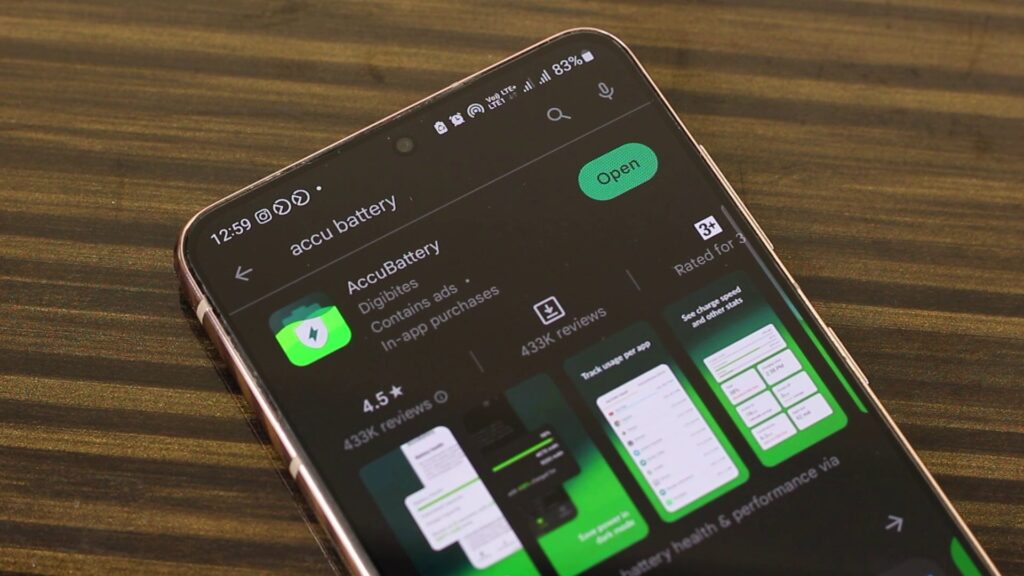
However, this application will not tell you anything after just installing it. After installation discharge the battery to at least 15% and then charge it to 100%. These will calibrate the software with the battery now from the battery health you could check the left of capacity. For getting precise accuracy you could follow the above process 2 to 3 times.
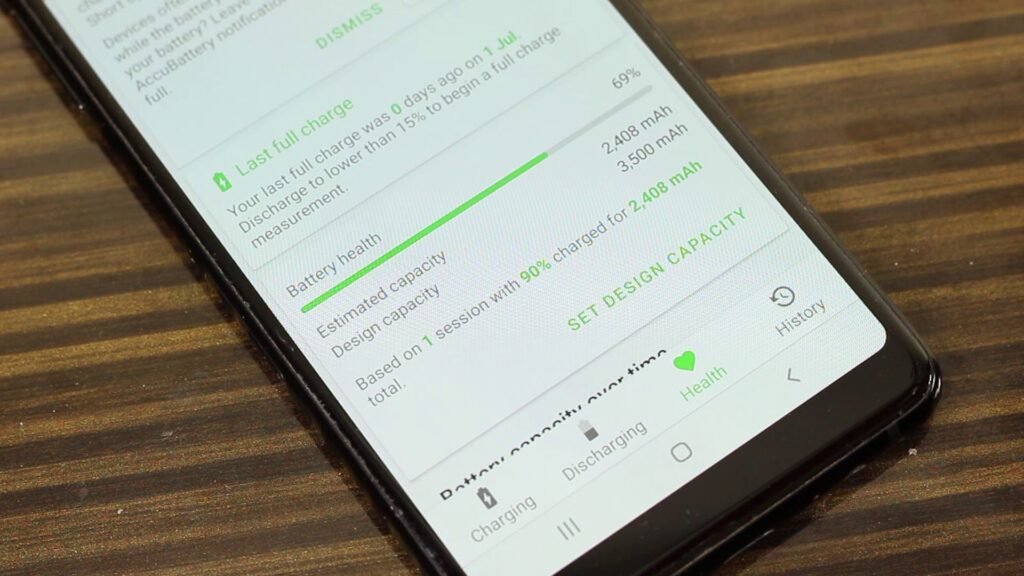
Have You Check the Android Battery Capacity
Now you know the left of capacity of your smartphone’s battery whatever percentage came out till you can follow the upcoming processes that will prolong the battery health.
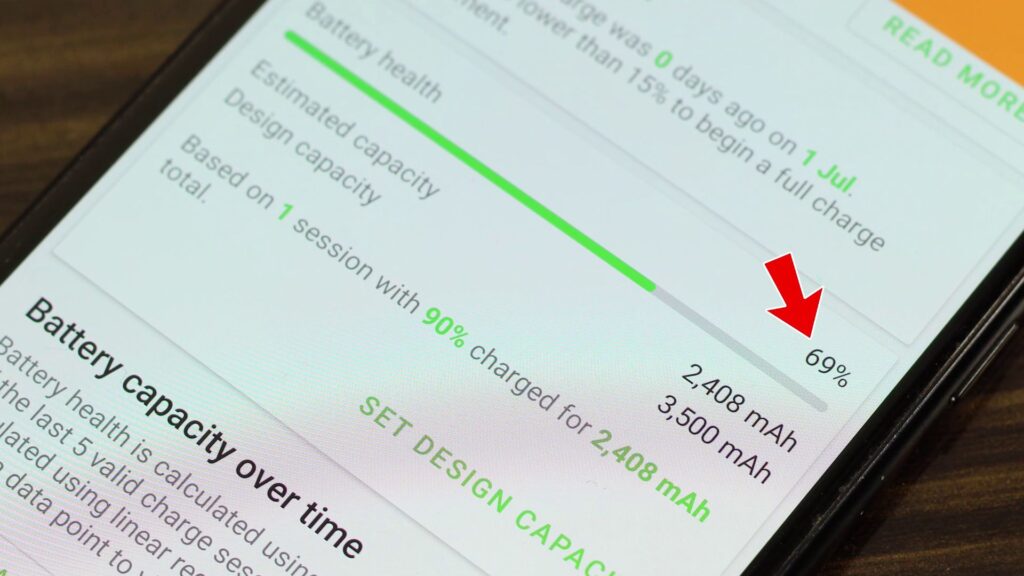
Avoid Extreme Temperatures
Extreme temperatures can harm your smartphone’s battery, Maintain a safe temperature range for your battery, according to Apple preferably between -20 to 40 degrees Celsius. Before and after this range battery’s health might gets effected. Kf you’re not from those places with such extreme conditions avoid charging your phone in those areas which are extremely cold or hot. In our homes fop of a refrigerator, on a running computer or laptop, on top of an inverter, or in direct sunlight, even on your bed under the pillow these places can cause overheating which is not well for the battery.
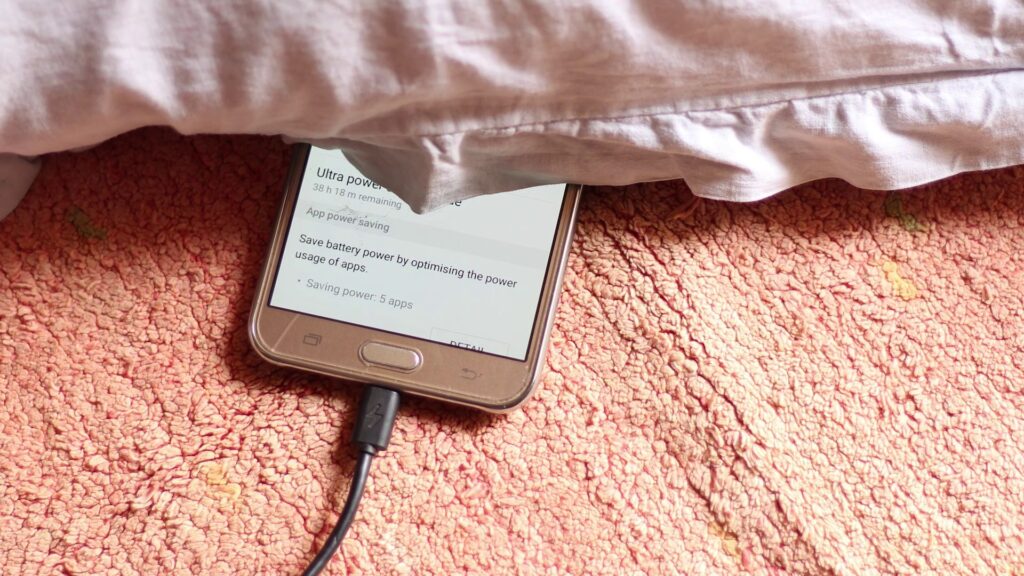
Charging and Discharging Habits
Proper charging habits play a crucial role in preserving battery health and longevity. Avoid fully charging the phone to 100% or letting the battery level drop to 0%. Instead, aim for keeping the battery level between 20-80% to minimize stress on the battery. Li-ion or Li-Po batteries have limited life cycles typically from 500 to 600. If you use your phone until it shuts off due to low battery- 0% and charge it to 100% you have consumed 1 cycle.
Also Read: Food Processor vs Blender: The Kitchen Battle for Culinary Supremacy
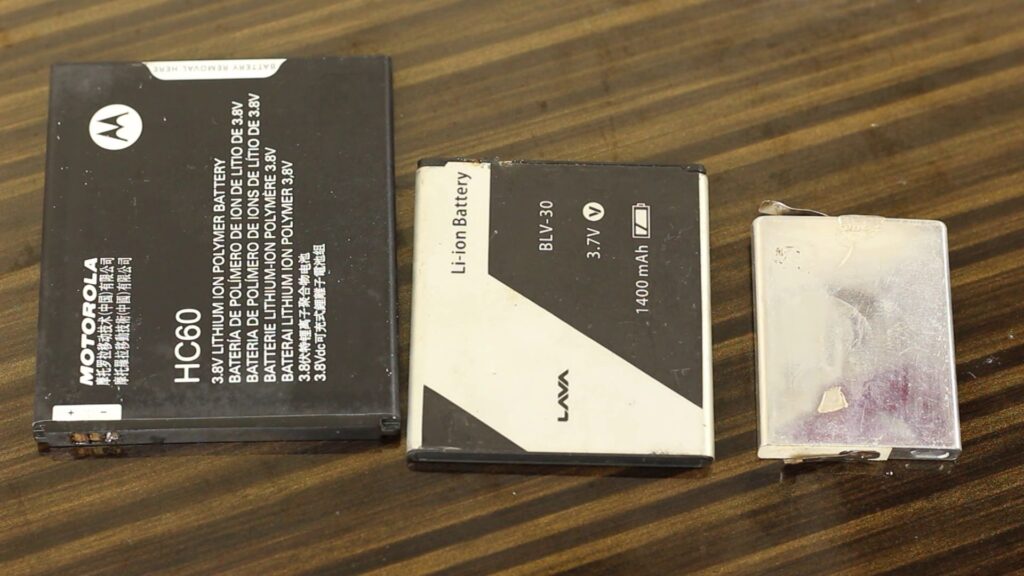
However once in a month discharging the battery fully and charge it ro 100% can help to recalibrate the battery with phone’s software and hardware.
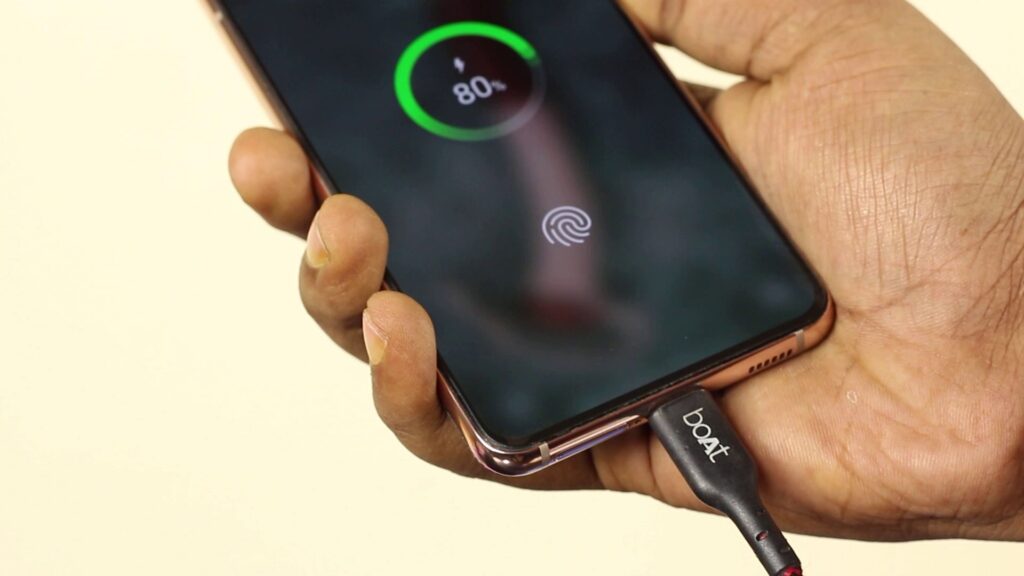
As I have mentioned your aim should be to keep your battery level between 20% and 80% for most of the time. Completely discharging or fully charging your battery on every cycle can accelerate degradation. Ofcourse it’s quite hard to do it manually, you can put your phone on charge at 20% but you may not find when the battery hits the 80% threshold. To make your life easier I would recommend to Utilize settings like ‘optimized charging’ or ‘adaptive charging’ or ‘protect battery’ like settings. Depending upon the smartphone brand names may vary.
Avoid Fast Charging
Fast charging is an important feature in smartphones, but if you don’t have urgency or rush, you should disable it. Most smartphones have the option to disable fast charging. If not, then you can use a nominal charger with the 5V 2A output rating – no fast charging.
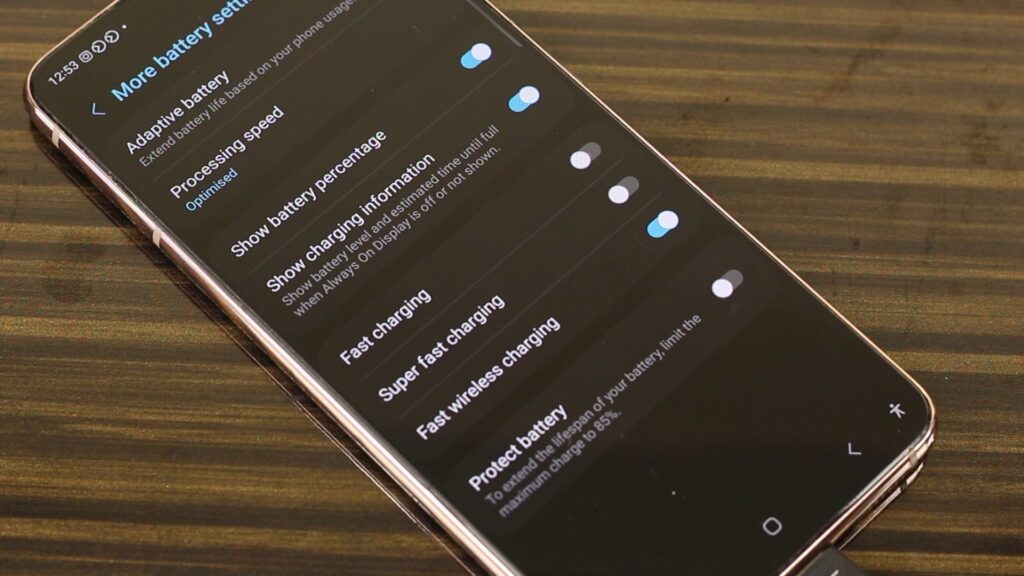
To charge up the battery quicker either higher voltage or a higher current is delivered to the battery, ultimately providing more power to charge the battery quickly. However, just like eating food too quickly is not good for humans, charging the battery quickly is not ideal as it can degrade the battery life.
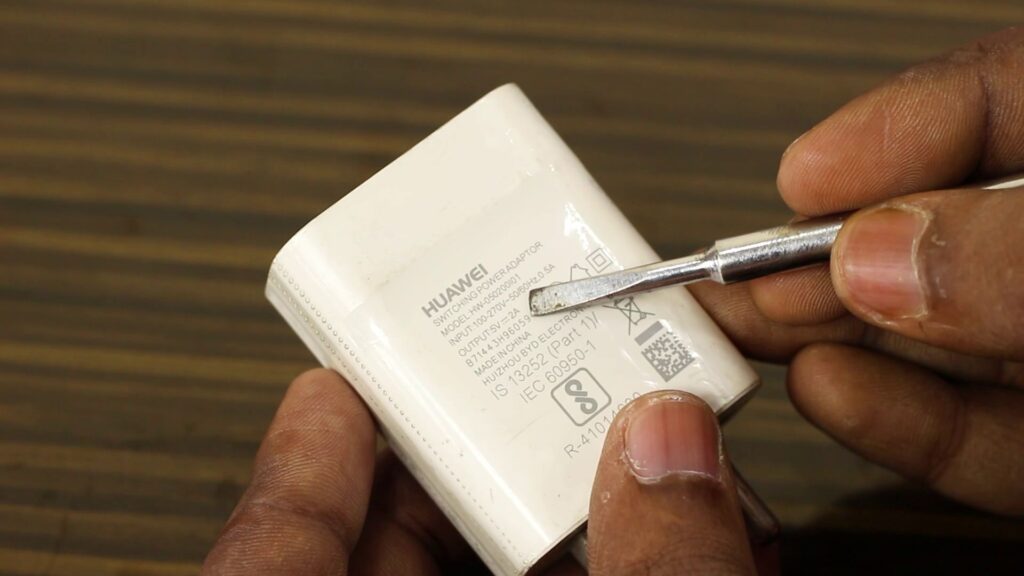
Have you ever think of why companies like Apple and Samsung do not provide 100W or 200W charging capabilities on their smartphones because it is not suitable for the battery. So I would suggest If you are going to buy a charger for your phone, and let’s say your phone supports 50W of charging, there’s no need to buy a 50W charger; a 25W charger is more than enough. This will reduce the cost of the charger and definately make your battery health better than charging it to 50W charger.

Choosing Quality Chargers
Yes, it is not always necessary to buy a charger from the same brand as your phone. When it comes to third-party charger manufacturers, you can consider brands like Stuffcool, Anker, Mivi, and many others. However, avoid purchasing cheap, non-branded chargers priced at around 50 or 100 rupees, as they can potentially damage your phone.
In the Concluding Lines…
Taking care of your smartphone’s battery is vital for ensuring its long-term performance. By following these maintenance tips, you can extend your battery’s lifespan up to 4 to 5 years. Remember to check battery health, calibrate the battery, avoid extreme temperatures, limit full charge and discharge cycles, maintain a discharging and full charge routine, avoid fast charging unless necessary, and choose high-quality chargers. With these practices, you can maximize your battery’s lifespan and enhance your overall smartphone experience. Thanks for visiting.
